DIY Protein Treatment For Damaged Hair
This is a DIY protein treatment for damaged hair that you can make in under five minutes to bring your hair back to life especially after coloring, bleaching, relaxing, straightening, swimming, excessive styling, etc. All of those things break down the proteins in your hair and a protein treatment can help revive and heal your hair. This mask can be used for any hair type from straight, to wavy, curly, kinky, coily, bleached, colored, and relaxed!
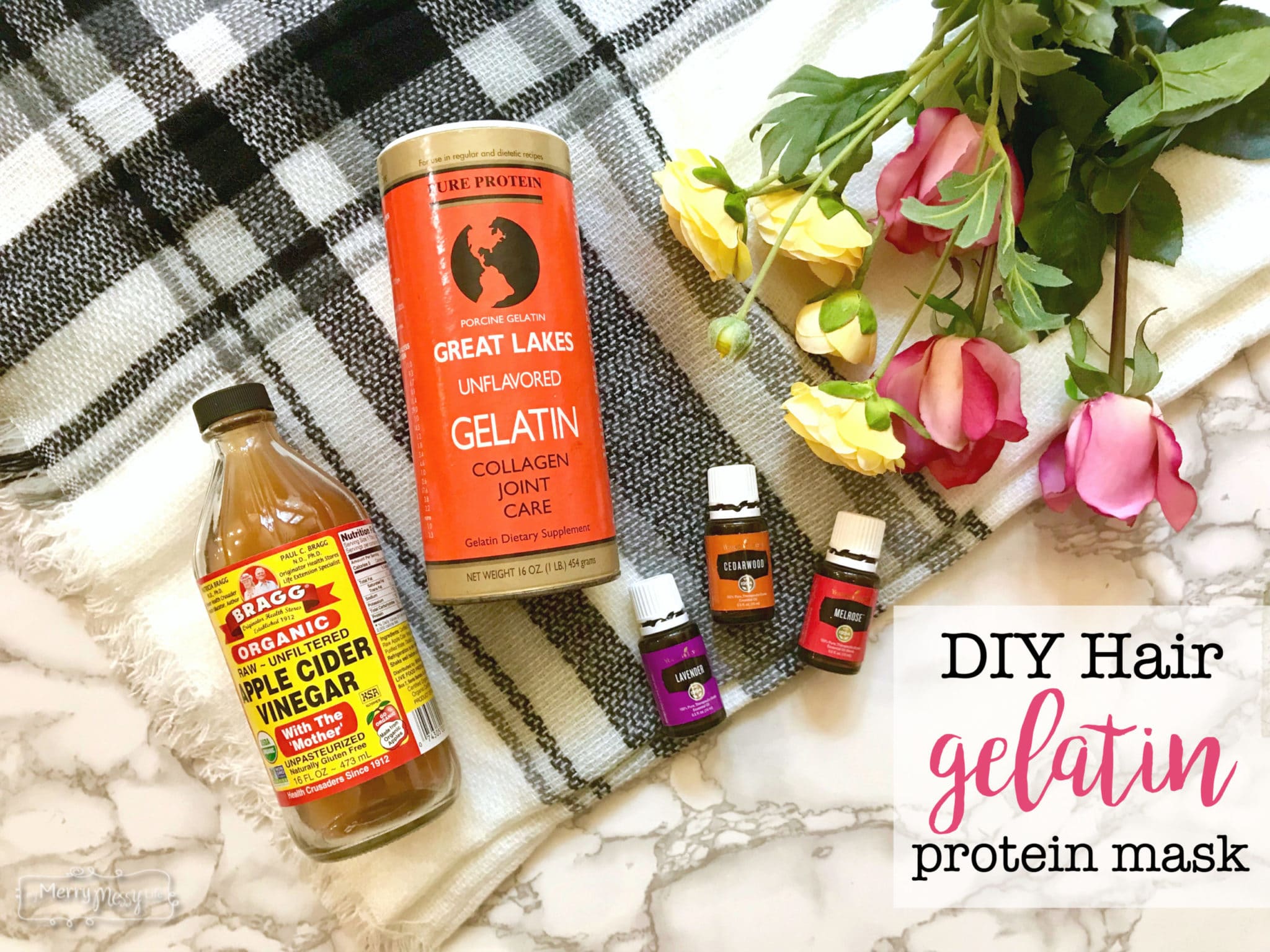
Our Hair is Mostly Protein
Our hair is made up of a tough protein called keratin, which is also found in animal feathers, hoofs, claws and human fingernails. Hair also contains melanin, a pigment that gives hair its color, and trace amounts of vitamins, zinc and other metals. About 10 to 13 percent of hair is made up of water.
So needless to say, our hair is pretty much all protein and, therefore, it needs protein to be healthy and strong. You can get protein through your diet by eating protein-rich foods, and many products contain protein in them so you're always getting doses of it.
But we like to do all kinds of things to manipulate and damage our hair from coloring, straightening, relaxing, styling, bleaching, swimming… and then need a boost of extra protein to keep it healthy!
For Curly Girls
When I first started doing the curly girl method in June of 2018, I did three different protein treatments over about four weeks that I bought from Aphogee on Amazon. They worked amazingly well and brought my hair back to life after many years of damage from silicones in my styling products. If you're not a DIY person, the Aphogee one is really effective and I can personally recommend it! I just didn't use the conditioner that comes with it because it contains silicones.
Hygral Fatigue
My hair got protein deficient because I was sleeping 1-2 times a week in a t-shirt towel with wet hair. Another name for this is hygral fatigue. Sleeping with wet hair can break down the proteins in your hair because your hair gets water logged – just like your skin can when you're in the bathtub or swimming for too long.
Can you believe the difference in this picture? Wowzahs! Before and After.
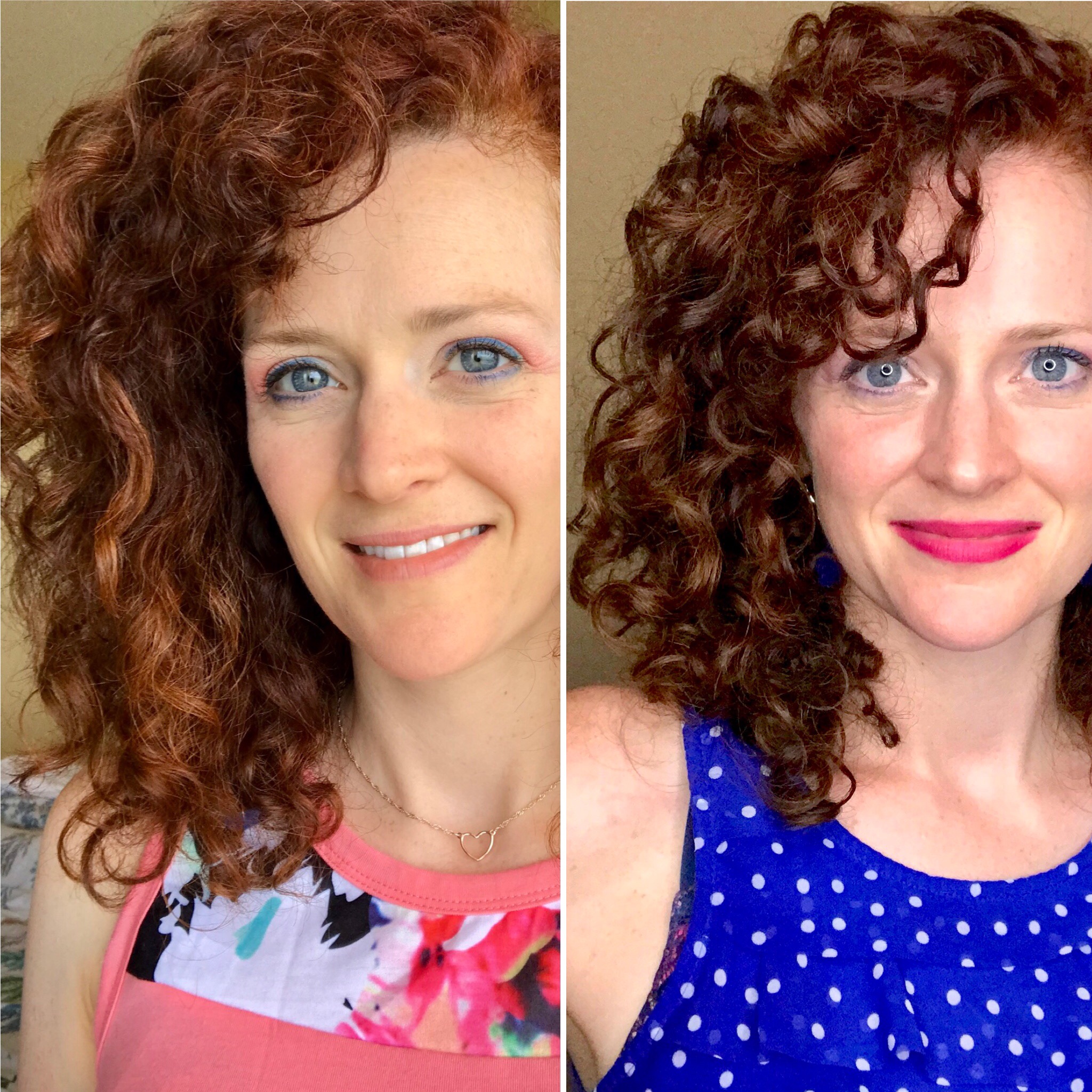
If you'd like to make your own, then this recipe uses the same main ingredient as the Aphogee one – gelatin.
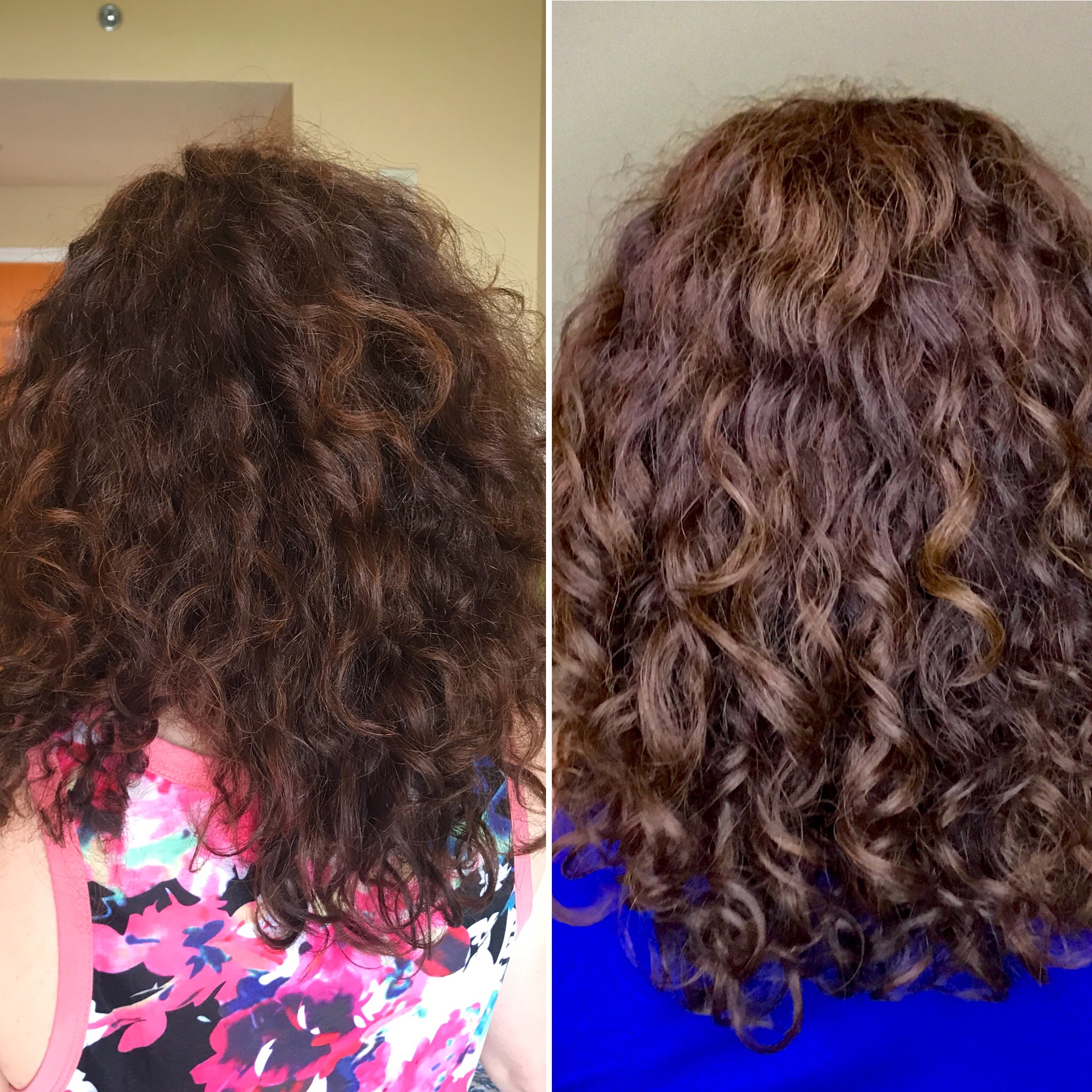
How do you know if your hair needs protein?
Protein overload is a problem that can take weeks to resolve, so it's important to know if your hair needs protein at all. In general, if you are happy with your hair, then in my opinion, keep doing what you're doing. Wait until you’re unhappy with your hair or have some of the symptoms below before doing this DIY protein treatment for natural hair.
- Breaks easily – if your hair is breaking easily, that's a sign that the hair fiber is weak and needs to be strengthened
- Frizzy, limp, dry
- (If your hair is curly) – Limp, won't hold curl anymore, has lost curl pattern, is frizzy and dry even after using conditioner or deep conditioning, split ends (also need a hair trim)
- If you've done any of the following recently – straightened, relaxed, had excessive manipulation (like braids, twist outs, adding extensions), chemical processing, bleach, or hair color – your hair will need protein and I also suggest an OlaPlex treatment no. 3 (or do it in a salon).
- It's had excessive moisture – like from sleeping with wet hair or sleeping with a deep conditioner in your wet hair. This breaks down the proteins in your hair and was how I got my hair into such bad shape!
What does a protein treatment do?
It is made of protein itself, so it binds to the hair cuticle layer and strengthens it. It restores the protein that has been lost. I have found after I do a gelatin hair treatment, my hair is curlier, bouncier, stronger, shinier, and way less frizzy.
From everything I've read on many different websites, it is generally suggested to do a treatment once every 4-6 weeks unless your hair is protein sensitive and also not damaged. If you are happy with your hair, then I say, wait until you aren't and do it then!
To learn more about damaged hair and how to heal it, check out this post – How to Heal Damaged Hair with a Bond Repair Treatment.
Learn About the Ingredients In This Protein Treatment
Learn About Gelatin/Collagen
Gelatin is collagen derived from animal bones. It's an amazing supplement for us that helps to build up collagen and keep our bones and joints strong and healthy. I highly recommend Great Lakes Gelatin and use it for making healthy desserts for my kids, like homemade jello or gummy candies.
To help heal my eczema, which is often a leaky gut issue, where the lining of your intestines is compromised and undigested food particles leak out and get into the blood stream. The white blood cells sees the particles of food as foreign invaders and attacks them, causing all sorts of different autoimmune diseases.
So, anyway, I would drink herbal tea and add a teaspoon or so of gelatin to it to help heal the lining of my gut and found that it did ease my symptoms and really helped my skin!
Learn About Apple Cider Vinegar
I use this magic liquid all of the time! Not only to make salad dressing, but also to clarify my hair. See my recipe here. ACV has many, many health benefits and I have a whole article on what it does and how to use it, here. I also have used it to soothe skin irritations like bug bites and rashes (see that article here), and as a very cheap and healthy face toner!
Other Words for Protein in Hair Products
Nearly all good gelatin hair products do contain protein since it is an essential building block of healthy hair. If you find that your hair gets stiff or hard easily when using products that contain protein, you likely have protein-sensitive hair and should probably use some products that are protein-free, like Shea Moisture's Low-Porosity hair line. Look for names like:
- Hydrolyzed wheat protein
- Hydrolyzed keratin
- Hydrolyzed silk protein
- Hydrolyzed Oat Flour
- Keratin
- Variations of hydrolyzed collagen
- Variations of hydrolyzed soy protein
DIY Protein Treatment For Damaged Hair
A simple, natural and effective protein treatment for hair that's been colored, highlighted, straightened, relaxed, or is frizzy, dry, limp and weak.
Ingredients
- 1 cup hot water
- 2 1/2 teaspoons of gelatin – the cheap kind at the grocery store will do or get Great Lakes Gelatin. Add this to your smoothies for a collagen boost!
- Optional – 1 teaspoon Apple Cider Vinegar (gently clarifies the hair and removes product buildup)
- Optional – 5-10 drops of your favorite essential oils for fragrance and to soothe the scalp and provide therapeutic benefits to the hair. I suggest Lavender (soothing), Cedarwood (helps to grow hair), Rosemary (cleansing).
- Squirt bottle – keep an old lotion, shampoo or conditioner bottle or get one like this from Amazon.
- Optional – silicone-free conditioner or deep conditioner (the normal amount you would use to condition your hair)
Instructions
- Heat water in the microwave for two minutes, or on the stovetop until almost boiling.
- Remove from microwave or stove, and add the gelatin. Stir well to mix compeltely.
- Pour into the empty squirt bottle and put in the fridge to allow to cool. Or throw it in the freezer for 10-15 minutes or so until it cools and thickens.
- While it's cooling, shampoo your hair. I highly recommend using sulfate-free shampoos as sulfates are detergents that strip the hair of it's natural oils that it needs to protect your hair and keep it healthy. However, if your hair has product buildup, you may need to use a shampoo with sulfates to effectively remove the buildup..
- Separate your hair into 4 sections and squirt the protein treatment onto each section and then brush to distribute the product evenly.
- Another option – once you've made the protein solution, you can add some of it to your deep conditioner or regular conditioner and apply it that way so it's not so runny.
- Put on a shower cap and leave the treatment in for 20 minutes (the shower cap helps to retain some heat so the protein treatment will be more effective).
- To really help the protein penetrate the hair shaft, blow dry it for 20 minutes (in the shower cap). It is important to dry your hair in the shower cap, otherwise you can cause breakage and damage as the protein hardens on the hair. The shower cap will prevent it from breaking.
- Rinse out with warm water, and then continue with your normal washing routine.
- If your hair is protein sensitive, follow up with a deep conditioning treatment to prevent protein overload.
Would You Rather Buy A Protein Treatment than Make It?
Then I have two suggestions that have worked wonders for me!
- Aphogee Two-Step Treatment (just be advised that the conditioner contains silicones, so I don't do that second step – I threw that bottle away).
- Neutral Protein Filler – add this to your conditioner or deep conditioner, or squirt right onto the hair after washing. This is based in wheat protein so if you are sensitive to wheat products, it might not be a good option for you.
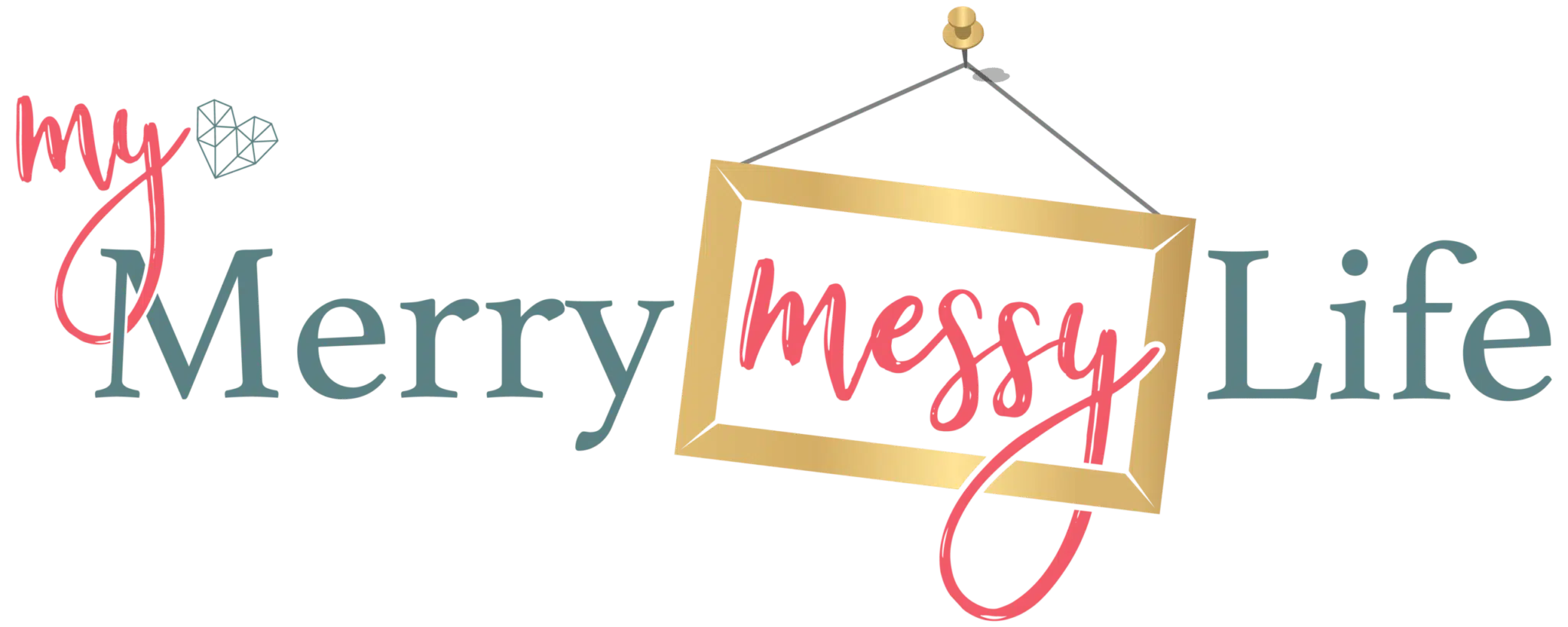
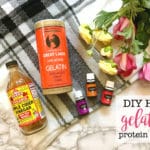
Am I missing something? I don’t see where it says how long to leave the treatment in…?
Oh! Maybe I left it out. You leave it in for 20 mins.
Should the gelatin mixture dry in my hair completely before washing out?
I did this gelatin treatment yesterday after 2 months of CGM. My hair felt limpy, gooey and all the waves (2b-c) were gone so I put on the treatment for an hour. Hair was completely different after I washed it off and started to curl again. However after it dried, it’s still frizzy and dry and not curling as much as in the beginning. So I’m wondering do I dare to do the gelatin treatment again in a few days or is it too soon even tho it feels like it needs it…?
Hi Noora! I would try a deep conditioning treatment instead of doing another protein treatment as you could get protein overload.
Can you do this with a cowash instead of shampoo? I only use shampoo on clarifying days.
Hi! I think that would work just fine, but it’s more of an experimental thing. Try it and see if it works for you and if your hair feels gunky and yuck afterwards, I’d use the shampoo.
Did you mean sulfate-only shampoo or did you mean NO sulfate shampoo? Thank you! Beautiful hair!
Oh sorry for the confusion! I mean sulfate-free shampoo, so no sulfates.
How often should this be done?
Hi Rachel! That really depends on the health of your hair. When I switched over to the curly girl method, my hair was so badly damaged that it did okay on 4 treatments in one month. Now I do them every 8 weeks or whenever my hair feels like it needs it. So it’s really an individual thing…
Can you edit your blog with the corrected information? And should,you deep condition after you wash the gelatin mixture out?
Hi Joanna! Yes I would deep condition after you wash the gelatin out.
‘I highly recommend using sulfate-only shampoos as sulfates are detergents that strip the hair of it’s natural oils that it needs to protect your hair and keep it healthy.’ – Do you mean ‘sulfate-free’?
Yes! Looks like I have a typo, sorry about that!
Question: after you do gelatin treatment, how do you wash it off your hair? Do you shampoo it or use cold water or what do you actually do? And deep conditioner- what kind do you use? I have my own mask for deep conditioning that I figured out over time, but it is usually done before shampoo. Can you add deep conditioner directly to your hair after gelatin treatment?
Hi! Yes you wash it out of your hair after using it. I use warm water as I just can’t stand using cold water on my head! My favorite deep conditioners are the Deva Curl Melt Into Moisture, Shea Moisture Restore Deep Conditioner. I have a post with more of my favorite products you can check out here, too! Lemme know if you have any more questions!
My treatment turned to complete thick jello like consistency and wouldn’t even come out of my bottle (I had to throw the bottle away). What did I do wrong?
Hi Amy! Oh gosh, I’ve not had that happen. It’s always quite watery when I make it. It sounds like maybe you used too much gelatin – that’s what makes it turn into jello.
Hi amy,
I read it on one of the website that in case it turns out to be thick you can keep it in microwave for 20 seconds and then add conditioner in it as it helps with the application.
I have not really tried this on my own but maybe it would work.
Great tip! Thanks for sharing.
I know this is about the hair and the curls, and believe me, I will be following your recipe with my hair.
But I got curious when you talked about the eczema and the leaky gut. Do you use the gelatine to help you with that? My son has eczema all over his body and face, sometimes more, sometimes less. We’ve done allergy tests and nothing came back positive. He drinks tons of water a day and still has that dry itchy skin. Any help on this subject would be greatly appreciated!
Hi Renata! Yes I used to really struggle with eczema! Removing dairy and gluten from my diet helped a lot for a while. Has your son also done food allergy tests? My nephew has used to have awful eczema until they found out he was allergic to eggs. Probiotics and digestive enzymes also help leaky gut and eczema. I have a whole post on how I healed my eczema here – https://mymerrymessylife.com/y-battle-with-eczema-perioral-dermatitis-corticosteroid-cream/
Also, I recommend removing all scented products, especially scented laundry detergents, softeners and dryer sheets. I have a recipe for a natural laundry softener here – https://mymerrymessylife.com/natural-laundry-booster-and-softener-recipe/ and natural laundry detergent here – https://mymerrymessylife.com/diy-homemade-laundry-detergent-cheap-and-green-free-printable-2/
You need to do a deep conditioner after the protein treatment
Yes, I do recommend that here in the post. Great tip!
Do you know if the Collagen Hydrolysate (Great Lakes Gelatin green can) will work for this? I don’t think it gels like the gelatin (orange can) does. Does that matter?
Hi Sara! Hmm, I’m not sure. If it’s not pure collagen it probably won’t gel up well.
How long with the “mix” keep for?
Hi Jessica! It’ll for sure stay fresh for 1-2 weeks. If you need to keep it longer than that, I’d make less of the recipe to make it a one time use or put in the fridge right away so it lasts up to a month or so.
Most people in my area don’t know that shampoos that grow your hair faster and longer (obviously with no sulfates, no parabens, no DEA) are a thing. People can now have longer hair and enjoy more alternatives. Certainly worth exploring. When you’re discussing hair loss, damaged hair, preventing skin disorders, hair growth, hair and scalp care more often than not, similar ideas become relevant. As a general rule, you have to steer clear of hair treatments and products that contain chemicals such as parabens, DEA or sulfates. What is healthy for your hair is healthy for your skin as well. For obvious reasons your content on this page is so accurate for multiple reasons. It stays away from the common traps and pitfalls so many fall into- purchasing ineffective alternatives. Thank you so much!
You’re welcome! Thank you for leaving great tips as well.
About the aphogee 2 step treatment, you can replace the second step with diluted vinegar! Thank you for the masks! My hair is in need of protein so this is perfect for me! Xx
Ahhhh !!! You’re the best! I’ve been sleeping in plopped wet hair too (oops) and my hair has been frizzy. I couldn’t understand what was different. I just used 2 packets of the aphogee, but I dont think it was enough for my super long hair. I’ll wait a few more days and use your recipe with gelatin. Thanks so much! I guess I can’t be lazy about blow drying my hair anymore!
Would you do this gelatin protein treatment before or after Olaplex?
I would think it doesn’t matter since olaplex is a bond rebuilder, not a protein treatment.
I add Epsom Salt, and honey to my mix. Aphogee has glycerine and magnesium sulfate which is why I add these. When I add oil, I use xanthan gum to emulsify. Also makes it a little easier to spread, like adding conditioner.
When I make mine it is usually the day before, so I sit the bottle in the shower with me so it can liquify.
Finally don’t throw away the Aphogee conditioner, donate it to a shelter or something.
If you add red protein filler with vinegar will it color your hair more permanently? Like an Easter egg?? Or clothes?